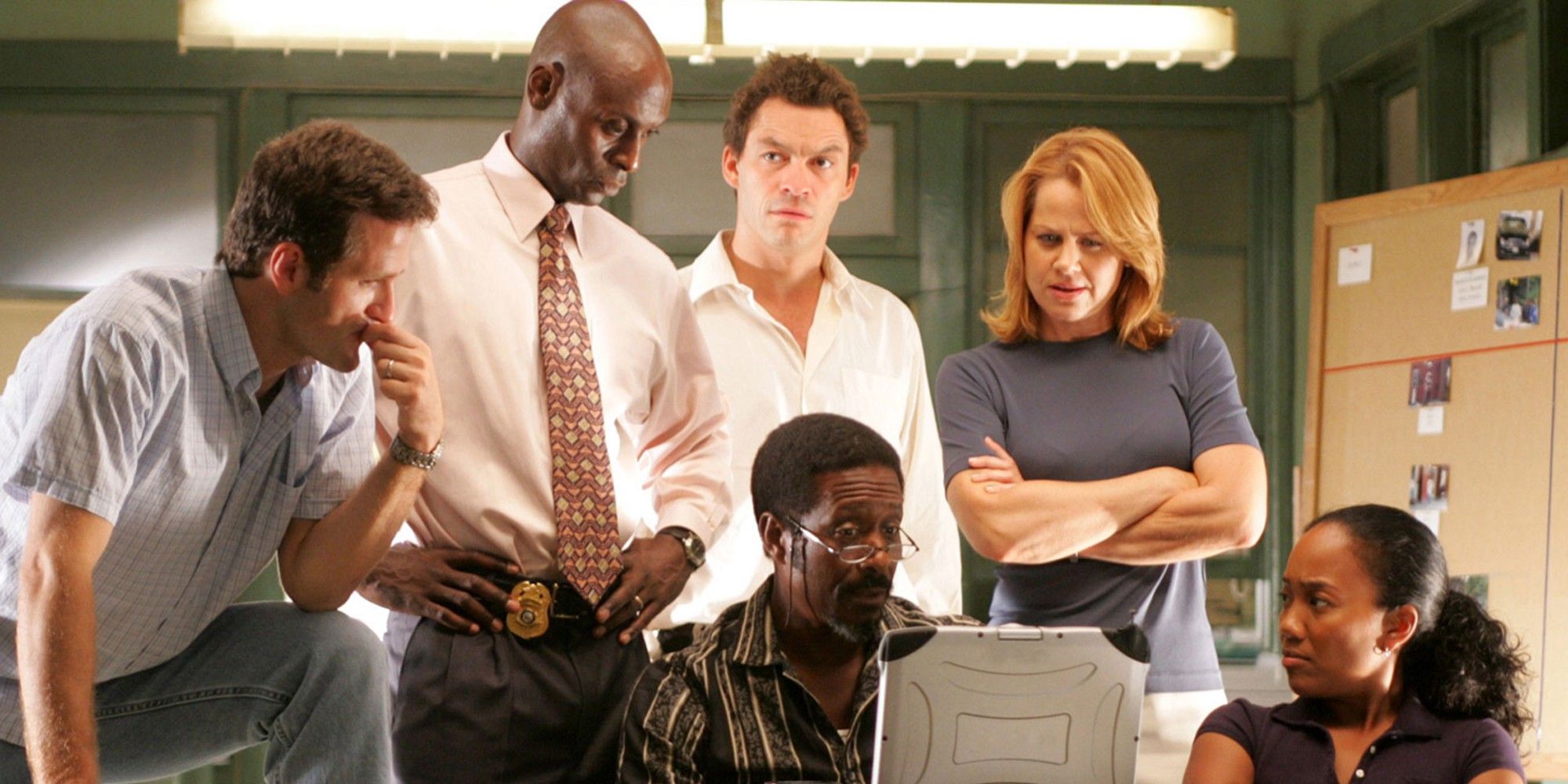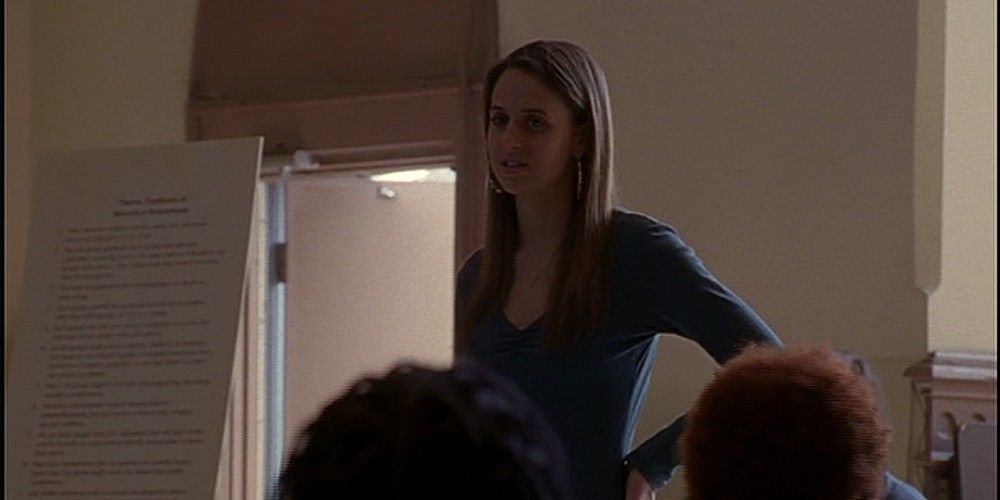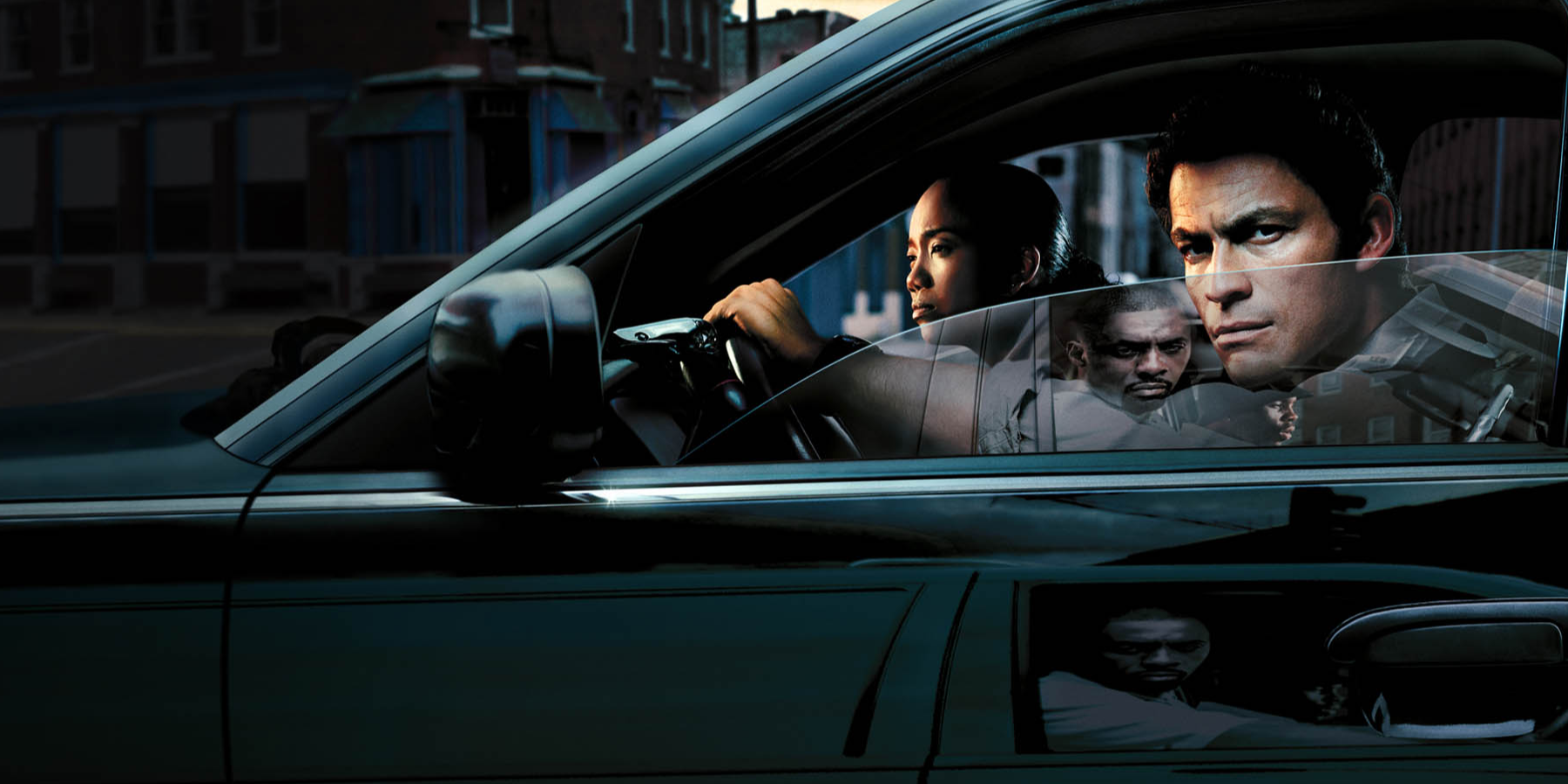One reason The Wire is considered among the greatest Prestige TV shows is its rich “novelistic” storytelling. The HBO series weaved multiple complex storylines into its portrayal of Baltimore, Maryland, often observing how the shifts affected the wider community. One minor character was “Dee Dee,” played by Genevieve Hudson-Price, who only briefly appeared in three scenes throughout the entire series. Yet altogether, these small scenes add up to a complete story arc for this minor background character.
Dee Dee first appeared in Season 3 Episode 8, “Moral Midgetry,” buying an “8-ball” of drugs within Bunny Colvin’s (Robert Wisdom) narcotics-permitted “Hamsterdam” free-zone. She is clearly unaccustomed to the trade, saying “please” and “thank you” to the dealers. Her role signals that while “Hamsterdam” does reduce violent crime, it also potentially legitimizes drug trafficking and spreads it to new customers.
She's next seen as a prostitute in Season 4 Episode 8, “Corner Boys,” buying cigarettes for her pimp at Old Face Andre’s (Alfonso Christian Lover) convenience store. Her final, and longest, appearance during an AA meeting in Season 5 Episode 2, “Unconfirmed Reports,” confirms that Dee Dee started “tricking” to support her drug habit. She gives a short emotional speech about how her “disease” always threatens to pull her back onto the street, but she mostly seems to be making progress.
All of Dee Dee’s appearances are supplemental to other plot points of The Wire: illustrating the operations of “Hamsterdam,” showing the inside of Old Face Andre’s store and giving testimony in AA when Bubbles (Andre Royo) is reluctant to do so. But by having the same character within these scenes, The Wire creates a continuous storyline peppered through the show’s background. Dee Dee’s descent into drugs and prostitution adds additional details to The Wire’s sprawling tapestry of Baltimore, demonstrating how the city’s circumstances make tangible changes to people’s lives, often linked to urban decay.
The Wire utilized a similar tactic with “Johnny 50” (Jeffrey Pratt Gordon) from Season 2. Johnny 50 was a stevedore who helped Nick (Pablo Schreiber) and Ziggy Sobotka (James Ransone) steal shipping containers from the docks. Season 2 detailed the precarious conditions of the working-class dockworkers and the decline of their trade union, which The Wire punctuated when Johnny 50 reappeared in Season 5 Episode 4, “Transitions,” as a homeless man. As Mayor Carcetti (Aidan Gillen) also demonstrated through renovating the waterfront area, the disenfranchisement of the stevedores had taken effect.
Dee Dee’s storyline is (relatively) more uplifting, with her arrival in AA signaling a recovery. Moreover, her appearances contribute to The Wire’s illustration of how individuals become entangled within larger systems (like Baltimore drugs and prostitution), but that such individuals can, on occasion, wrestle their own path out of them. For viewers able to catch Dee Dee’s recurring appearances, her arc emphasizes The Wire’s ethos that “all the pieces matter," with background characters not merely being “extras” but having full lives of their own.



